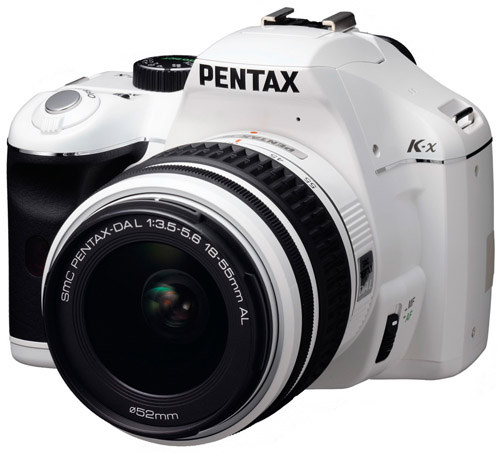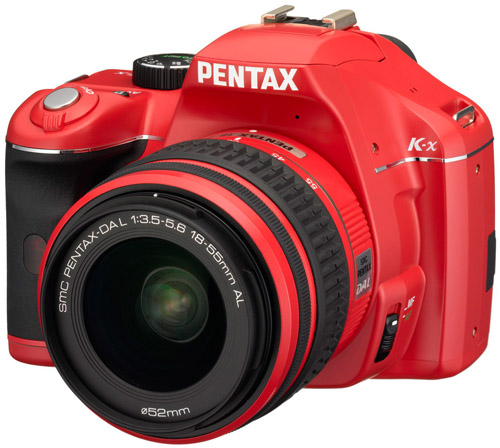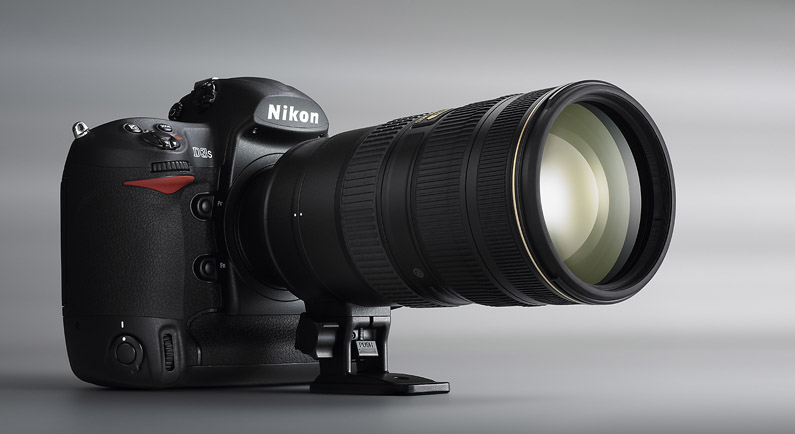A look at Fujifilm’s innovative EXR sensor, the latest iteration of its flagship Super CCD sensor, along with some analysis of images from production cameras. Admittedly this would have been more interesting as a speculative piece a year ago, but better late than never
tl;dr: Fujifilm’s EXR sensor is extraordinary, mostly for its dynamic range. If you’re after the best non-DSLR image quality around, your choices start at the Fuji F200EXR, F70EXR, S200EXR, and end there.
Fujifilm has long been a leader in revolutionary sensor technology, particularly at the smaller scale sensor market where the majority of manufacturers have long been content pumping out traditional, vanilla CCD sensors with square grid-based Bayer Filter Arrays.
In September of 2008, announced plans for their latest sensor: the Super CCD EXR, which combines the unique color filter array (CFA) and pixel binning features of various previous sensors into a single “switchable” sensor that can be optimized in one of several areas (which are typically mutually exclusive when designing a sensor): high resolution, high dynamic range, and low noise.
High resolution
High resolution mode is the default mode, which utilizes the full set of photosites on the sensor and produces an image with a corresponding pixel on each photosite – nothing too special here, though Fuji claims the diagonal layout of photosites (as opposed to simple square grid) helps to improve resolution.
High sensitivity

A comparison of a typical Bayer CFA (left) and the CFA on Fujifilm's new EXR sensor (right)
The second mode of operation for the EXR sensor is a high-sensitivity mode which Fuji calls “Pixel Fusion Technology”, which is fancy marketspeak for pixel-binning (combining reading from adjacent pixels together to produce a better signal). With the EXR’s pair-based CFA layout, Fujifilm claims that interpolation (and thus color resolution) will be more accurate because the binned pixels are closer together (e.g. the pair blue pixels are pretty much in the same location, while they’re separated by two pixel lengths in a standard square-grid Bayer array. I don’t know that I buy this argument particularly well – it’s true that same-color pixel values will be more accurate since they’re closer, but you can’t get something for nothing: for example, the average distance from red-to-blue is going to be increased, which lowers accuracy for interpolating blue values at red pixels.







